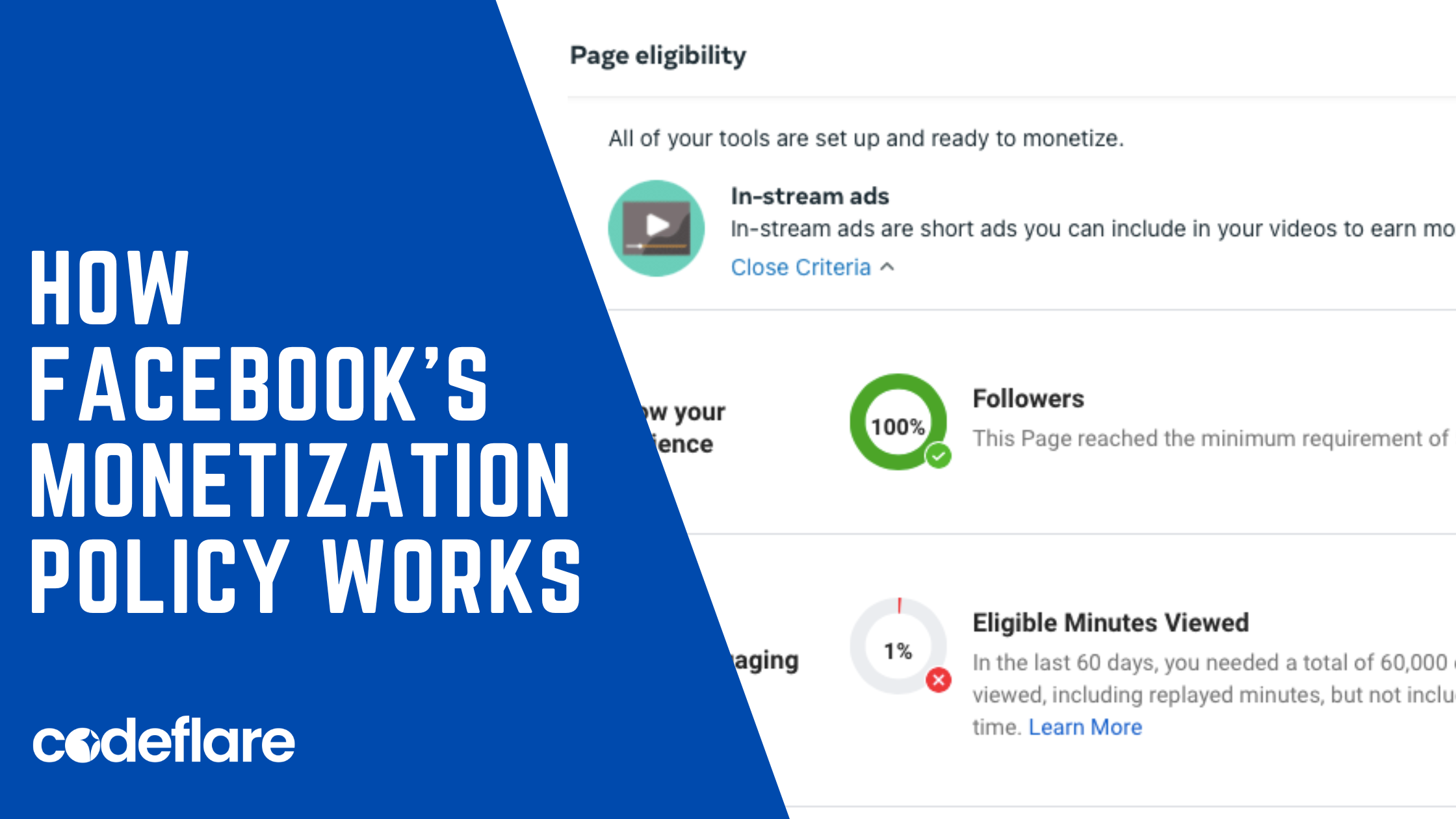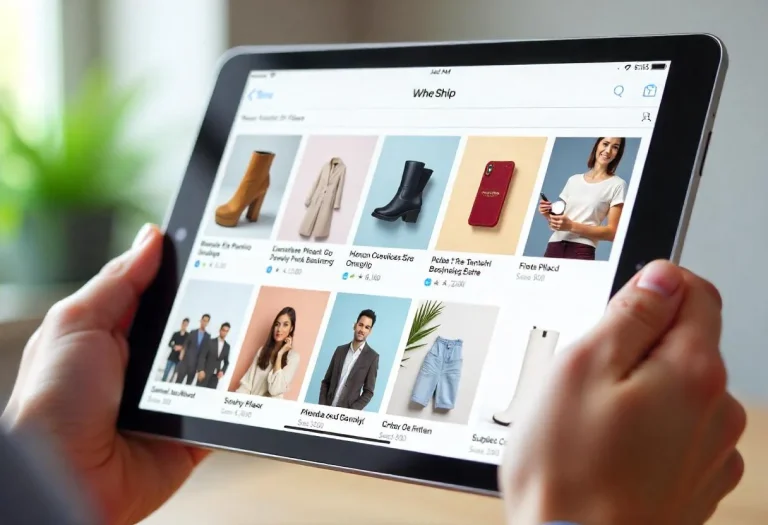
In the digital age, social media platforms have become more than just places to connect with friends and share photos; they have evolved into powerful advertising and monetization engines. Facebook, one of the largest social media platforms in the world, has a sophisticated monetization policy that allows it to generate revenue while providing users with free access to its services. In this article, we’ll explore how Facebook’s monetization policy works, the different revenue streams it employs, and what it means for users.
How Facebook Makes Money:
- Advertising Revenue: The primary source of revenue for Facebook is advertising. Advertisers pay to display ads on the platform, targeting users based on their demographics, interests, and behaviors. Facebook’s advanced targeting capabilities and vast user base make it an attractive advertising platform for businesses of all sizes.
- Ad Formats: Facebook offers various ad formats to advertisers, including sponsored posts, display ads, video ads, and carousel ads. These ads appear in users’ News Feeds, on the right-hand column of the desktop interface, and within other parts of the platform, such as Instagram and Messenger.
- Ad Auction: Facebook uses an auction-based system to determine which ads are shown to users. Advertisers bid on ad placements, and the winning bid is based on factors such as bid amount, ad relevance, and ad performance. This ensures that ads shown to users are relevant and engaging.
- Audience Network: Facebook extends its advertising reach beyond its own platform through its Audience Network. This allows advertisers to display ads on third-party websites and mobile apps that are part of the network, further expanding Facebook’s advertising reach and revenue potential.
Other Revenue Streams:
- Payments and Fees: Facebook generates revenue from payments and fees related to its various services, such as fees charged to businesses for selling products through Facebook Marketplace or fees charged to developers for using Facebook’s platform and APIs.
- Virtual Goods and Gifts: In certain regions, Facebook allows users to purchase virtual goods, such as stickers, games, and gifts, to use in conversations or to send to friends. Facebook takes a percentage of the revenue generated from these transactions.
- Subscription Services: While Facebook itself is free to use, the company has explored subscription-based models for certain services or features in the past. However, as of now, most of Facebook’s revenue comes from advertising rather than subscriptions.
What It Means for Users:
- Free Access: Facebook’s monetization policy allows users to access its platform for free. Users can create profiles, connect with friends, share content, and consume information without having to pay for a subscription fee.
- Personalized Experience: The use of targeted advertising means that users see ads that are more relevant to their interests and preferences. While this can enhance the user experience by showing relevant content, some users may have privacy concerns about the data collected for ad targeting purposes.
- Potential for Misinformation: In the pursuit of ad revenue, there is a risk that Facebook’s algorithms may prioritize engagement over accuracy, leading to the spread of misinformation or harmful content on the platform. Facebook has taken steps to address this issue through content moderation efforts and fact-checking initiatives.
In conclusion, Facebook’s monetization policy is a complex system that enables the platform to generate revenue through advertising, payments, and other sources. While this allows Facebook to offer its services for free to users, it also raises important questions about privacy, data usage, and the impact of advertising on the user experience. As Facebook continues to evolve its monetization strategies, it will be important for users to remain informed and engaged in discussions about the role of advertising and monetization in the digital landscape.



